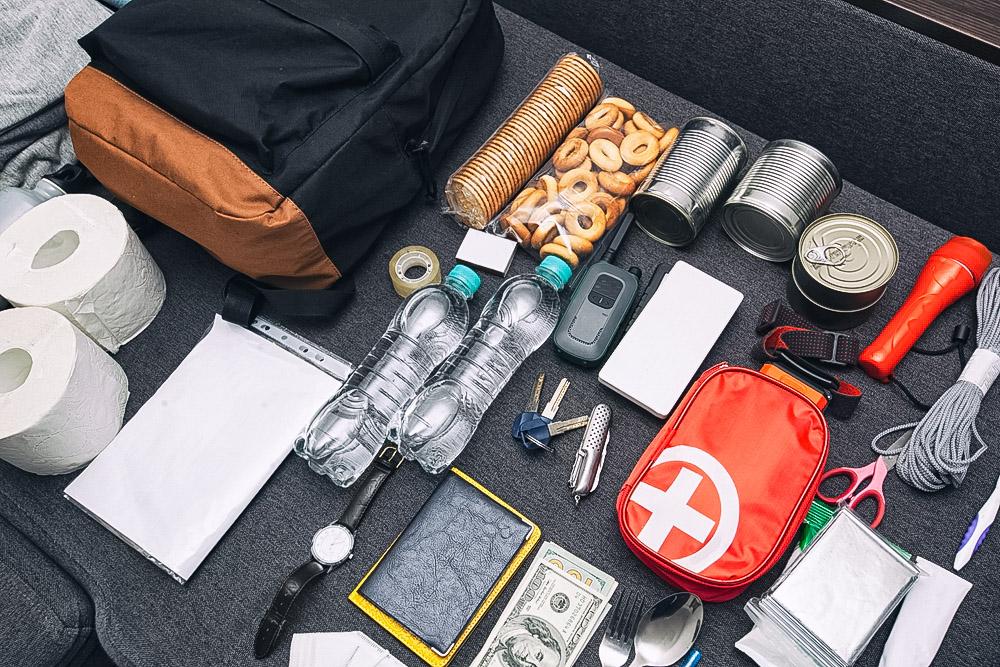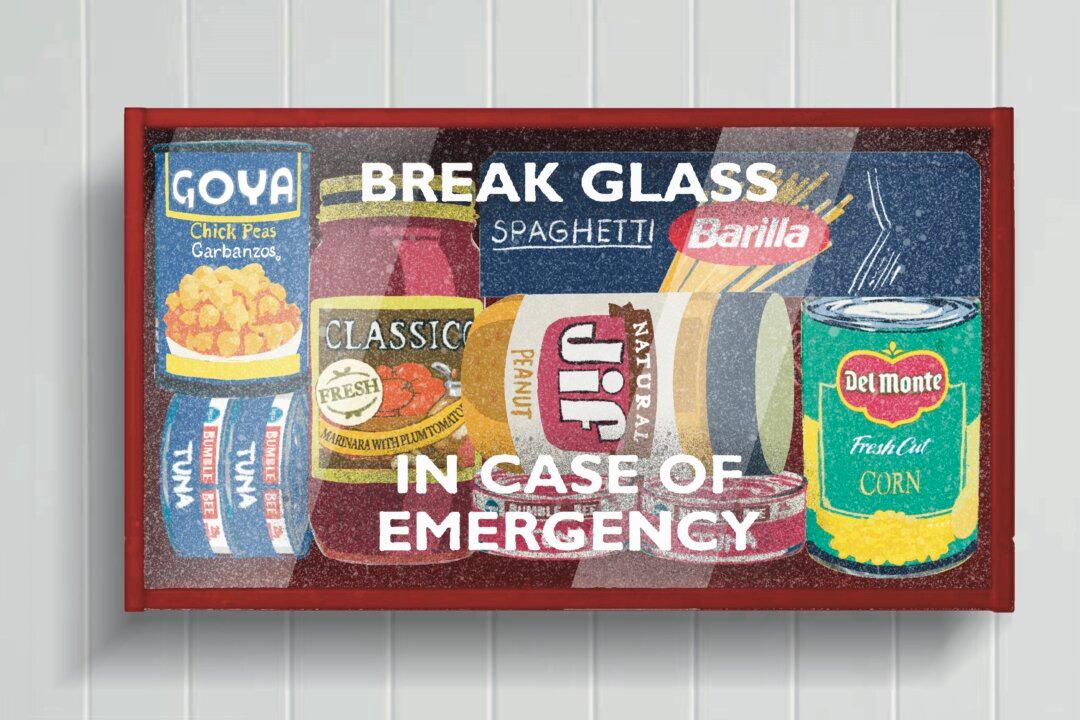I won’t lie. I sobbed for at least half an hour as my husband and I escorted our 18-year-old daughter to her university as she began her freshman year. We followed along behind her on that three-hour journey, and my mind was inevitably overwhelmed by all the “what ifs?”
It was comforting to know that she wasn’t exactly a babe wandering into the wilderness. She had a slew of practical skills, a lot of common sense, and a well-packed emergency kit in the trunk of her car.





